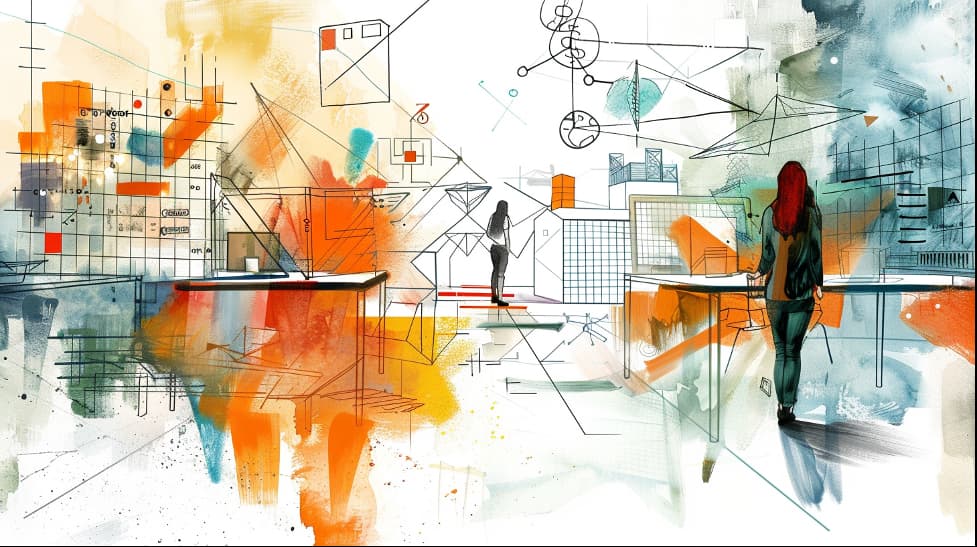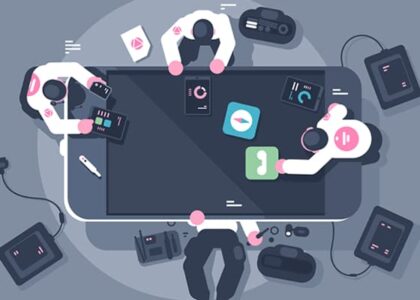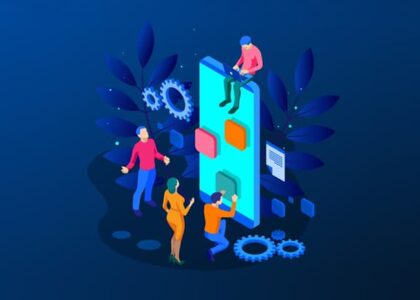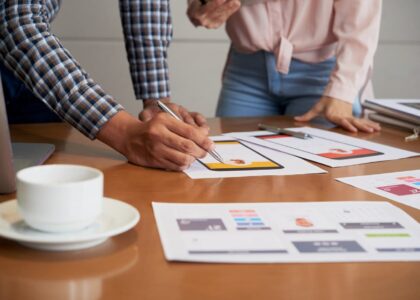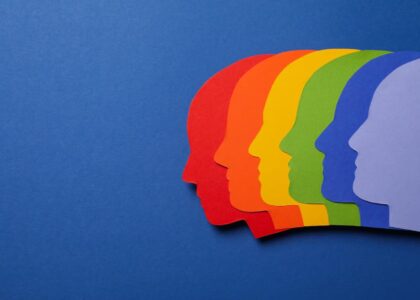Have you ever wondered what goes on behind the scenes to create those nifty gadgets and innovative products we can’t live without? Discover the world of product designers – the unsung heroes who combine form and function to create beautiful and practical items. Buckle up to dive into the fascinating world of product design and learn more at https://apuestassinlicencia.net/ !
The Evolution of Product Design
Product design isn’t a new kid on the block. Its roots trace back to ancient times when artisans crafted tools and artifacts. Fast forward to the Industrial Revolution in the late 18th century, and we see the birth of modern product design. Mass production demanded a balance between aesthetics and functionality, giving rise to the first wave of professional designers.
Table 1: Key Milestones in Product Design History
| Year | Milestone |
| 1760s | Industrial Revolution begins |
| 1919 | Bauhaus School founded, integrating art and industry |
| 1950s | Emergence of modern product design |
| 1980s | Introduction of CAD (Computer-Aided Design) software |
| 2000s | Rise of user-centered design and sustainable practices |
Isn’t it amazing how a profession can evolve over centuries?
The Role of a Product Designer
So, what does a product designer do exactly? Think of them as a hybrid between an artist and an engineer. They sketch, prototype, and test ideas, ensuring that the final product not only looks good but also works flawlessly. This requires a unique blend of creativity and technical know-how.
Responsibilities of a Product Designer
- Research and Analysis: Understanding market needs and user preferences.
- Concept Development: Sketching ideas and creating models.
- Prototyping: Building and testing functional prototypes.
- Collaboration: Working with engineers, marketers, and manufacturers.
- Iteration: Refining designs based on feedback and testing.
It’s like being a magician, but with a toolbox instead of a wand!
Tools of the Trade
Product designers rely on a variety of tools to bring their visions to life. Gone are the days of pencil and paper sketches (though some still use them for initial ideas). Today, technology plays a crucial role.
Table 2: Essential Tools for Product Designers
| Tool | Purpose |
| CAD Software | 3D modeling and design |
| Prototyping Kits | Building functional prototypes |
| User Testing Platforms | Gathering feedback from real users |
| Sketchbooks | Initial idea sketching |
| VR/AR Tools | Visualizing designs in a virtual space |
Imagine trying to design a car without these tools—it’s like baking a cake without ingredients!
Challenges in Product Design
Being a product designer isn’t all sunshine and rainbows. It comes with its fair share of challenges. One of the biggest hurdles is balancing creativity with practicality. Designers must consider factors like cost, manufacturability, and user experience.
Common Challenges Faced by Product Designers
- Budget Constraints: Creating high-quality designs within budget limits.
- Technical Limitations: Working within the confines of current technology.
- User Expectations: Designing products that meet or exceed user expectations.
- Environmental Impact: Ensuring designs are sustainable and eco-friendly.
- Tight Deadlines: Delivering innovative solutions under time pressure.
Ever tried to fit a square peg into a round hole? That’s what it feels like sometimes!
Success Stories: Iconic Product Designs
To truly appreciate the intricacies of product design, let’s look at some iconic designs that have stood the test of time. These products not only revolutionized their industries but also set new standards for innovation and usability.
Table 3: Iconic Product Designs
| Product | Designer | Year | Impact |
| iPhone | Apple (Jonathan Ive) | 2007 | Redefined the smartphone industry |
| Eames Lounge Chair | Charles and Ray Eames | 1956 | Icon of modern furniture design |
| Tesla Model S | Tesla, Inc. | 2012 | Revolutionized electric vehicles |
| Sony Walkman | Sony Corporation | 1979 | Transformed personal audio consumption |
| Dyson Vacuum Cleaner | James Dyson | 1983 | Introduced innovative vacuum technology |
These designs are like the Mona Lisa and Starry Night of the product design world—timeless masterpieces!
Being a product designer is a complex yet rewarding journey. It’s about blending creativity with practicality, art with engineering, and vision with reality. So next time you marvel at a beautifully designed gadget, remember the intricate dance of innovation and skill that brought it to life.
FAQs
1. What qualifications do I need to become a product designer?
Typically, a degree in industrial design, product design, or a related field is required. However, strong technical skills and a robust portfolio can also open doors.
2. How important is user feedback in product design?
User feedback is crucial. It helps designers understand real-world usage, identify potential issues, and refine their designs to better meet user needs.
3. What is the future of product design?
The future of product design is likely to be shaped by advancements in technology, such as AI, VR, and sustainable materials. Designers will continue to push the boundaries of innovation, creating products that are not only functional but also environmentally friendly.
And there you have it—the fascinating world of product design, unraveled!

